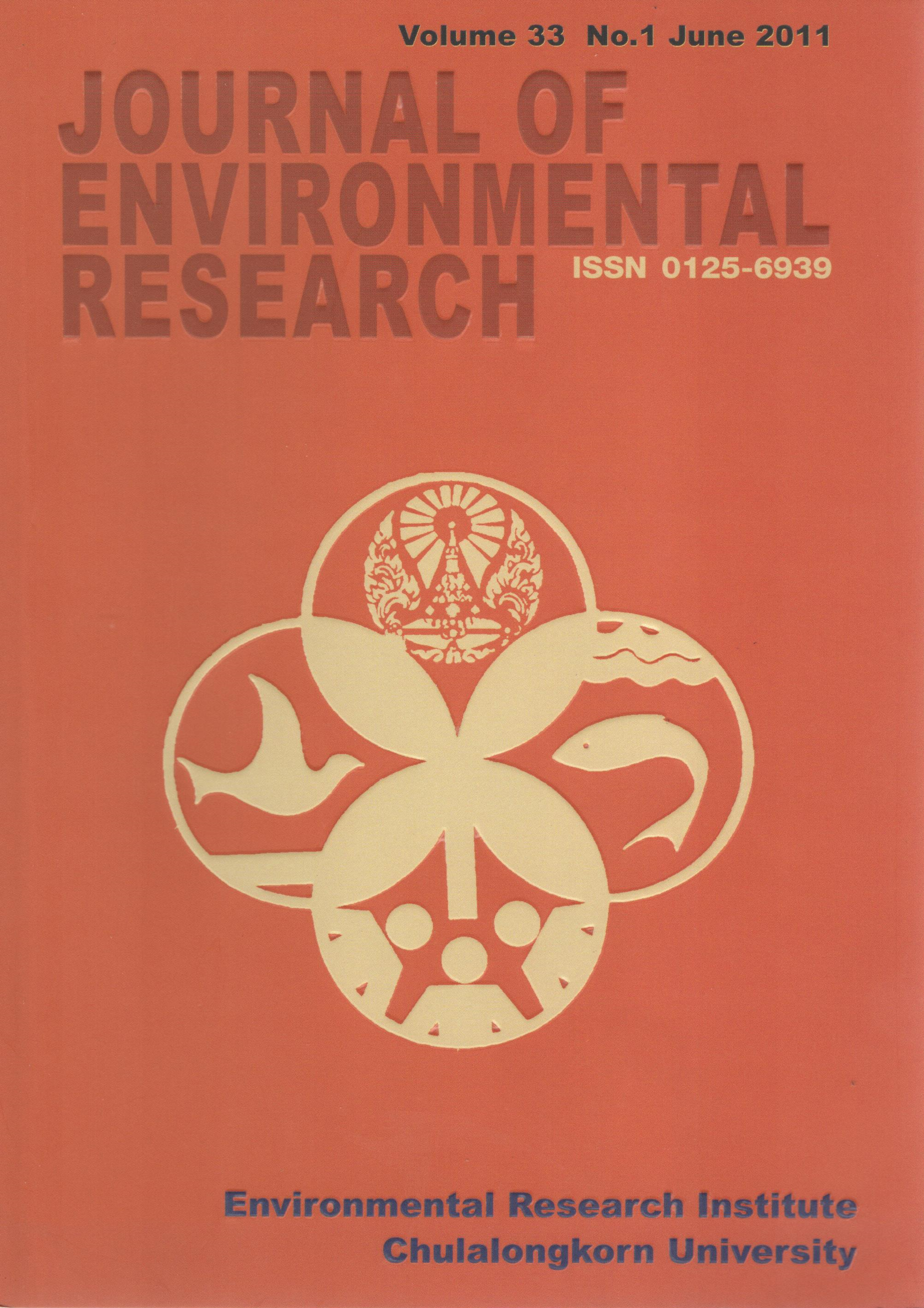Health Impact Assessment of Pesticide Use in Northern Thai Farmers
Main Article Content
Abstract
The present study aims to assess health impacts on pesticide use in 136 farmers from Baan Mai Ras Bam Rung Village, San Kong Subdistrict, Dok Kham Tai District, Phayao. Questionnaire and laboratory examination were used as tools. Pesticide use in questionnaire consisted of objectives, type and reasons of pesticide use, prevention practices from exposure, etc. Health impacts questionnaire included physical, mental, social, and spiritual health. The results showed that most farmers planted rice crop and the major pesticide use was insecticides (79.4 %), followed by herbicides, fungicides, and acaricides, respectively (78.7, 40.4 and 33.1 %). The reasons for the use were that facing problem of insect and blight (86.8%), requiring good product appearance (68.4 %). The exposure prevention found most farmers (97.1 %) wore long sleeve shirts and long trousers. Impact on physical health, major symptoms were fatigue (48.5 %), parched trachea (44.9 %), headache (40.4 %), dizziness (36.8 %), and numbness (29.4 %), respectively. The average of acetylcholinesterase activity (AChE), as an indicator of organophosphate and carbamate exposure, were 6,4161,443 μg L-1. Regarding determination of cholinesterase activity by rapid test from The Government Pharmaceutical Organization, 23.5 % of farmers had pesticide residues in serum at safe level, 55.1 % at risk level, and 21.3% at unsafe level. Impact on mental, social, and spiritual health found 86.8 % worried about effect on health and to the environment, 27.9 % concerned regarding decreased local knowledge, and 57.4 % planted organic crops for their own consumption. The relationship between AChE activity and preventive practices was negative (r = -0.172, p = 0.040). The appropriate prevention from the pesticide impact was reduced exposure.
Article Details

This work is licensed under a Creative Commons Attribution-NonCommercial 4.0 International License.
Published articles are under the copyright of the Applied Environmental Research effective when the article is accepted for publication thus granting Applied Environmental Research all rights for the work so that both parties may be protected from the consequences of unauthorized use. Partially or totally publication of an article elsewhere is possible only after the consent from the editors.

